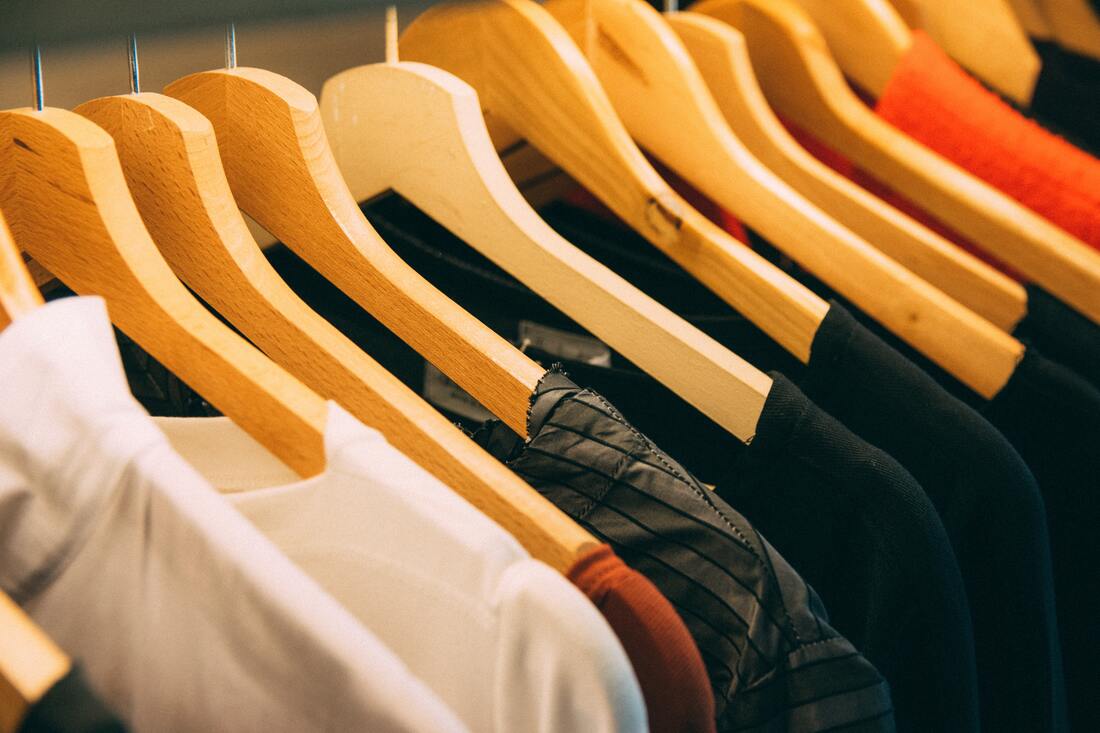|
By: O. Lotufo Overconsumption has been a major issue for years on end. And, in recent years, with the surge of digital media and the growth of technology, such concern has grown exponentially; Be it by always keeping your phone up to date by buying the newest version, purchasing fast-fashion garments that will surely deteriorate after their first wash, or ordering products trending on TikTok that you’ll surely never use again after its hype dies out, everyone has, at some point, overconsumed.
However, with the escalation of sustainable education and awareness, people have begun to change their consumption patterns. With environmental degradation becoming more apparent each year, we have realized that change must come quick if we are to avoid permanent ecological damages, and many are doing their part. For example, countries such as Iceland have entirely switched to renewable energy (getting its electricity from hydro and geothermal power), ending their fossil fuel consumption. Nevertheless, what continues to be a major source of overconsumption is fashion. It is said that, since 1996, “the amount of clothes bought in the EU per person has increased by 40% following a sharp fall in prices”; more shockingly is that on average, a piece of clothing is worn 7 times before being discarded, and the environment is suffering the consequences, with the increasing fast-fashion pollution in Atacama (Chile) as an example. This has mainly occurred because of the increase in production pace and magnitude from massive companies such as Shein. Its immense variety of products and ability to keep up the latest trends, paired with extremely low prices, are appealing to the public. Though what consumers are now starting to realize is that social-media trends are fleeting, quality trumps quantity, and environmental protection is of major importance, hence the emergence of slow-fashion. Many brands and consumers are now prioritizing sustainable production, aiming to manufacture and obtain timeless and durable garments. What has also increased is the popularity of second-hand stores, especially amongst the younger generations. The most important thing is to remain informed; know what brands and materials to avoid, purchase only when necessary, and prioritize donations and second-hand stores. With each consumer doing their part, sustainable consumption will be a worldwide pattern, overconsumption will be a thing of the past, and the environment will be grateful. Bibliography: https://www.ft.com/content/38d04f54-a8b3-435e-b2bd-2f392e3b31f4 https://ailuna.com/overconsumption-environment/ https://bcome.biz/blog/overconsumption-what-is-it-and-what-can-we-do-about-it/
0 Comments
Leave a Reply. |
Categories
All
Archives
June 2024
|

